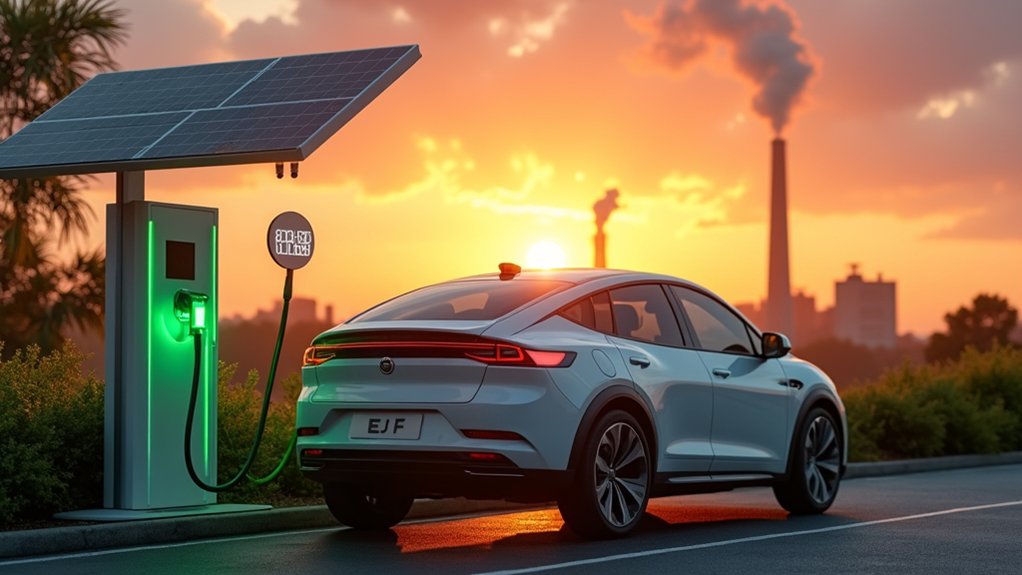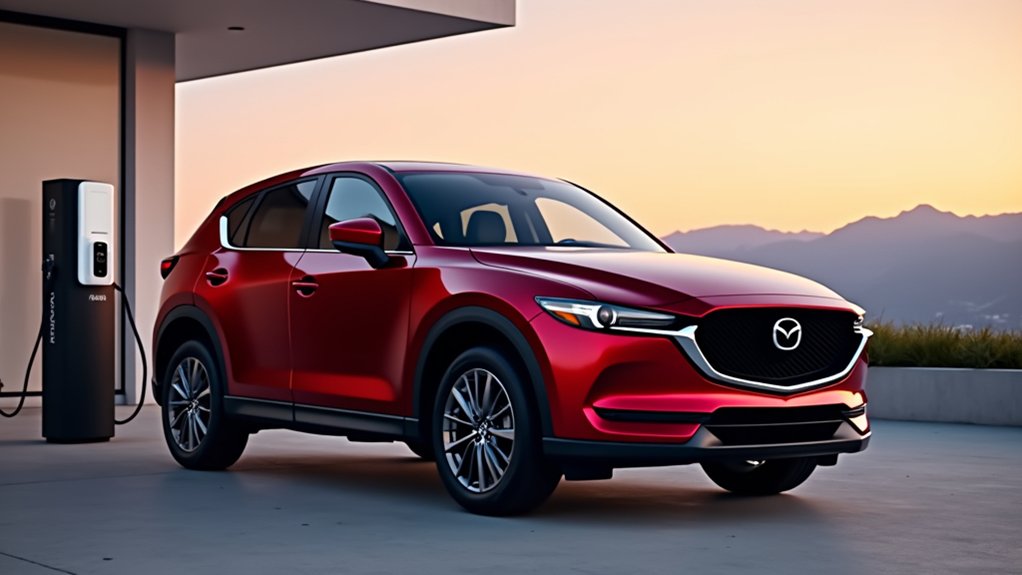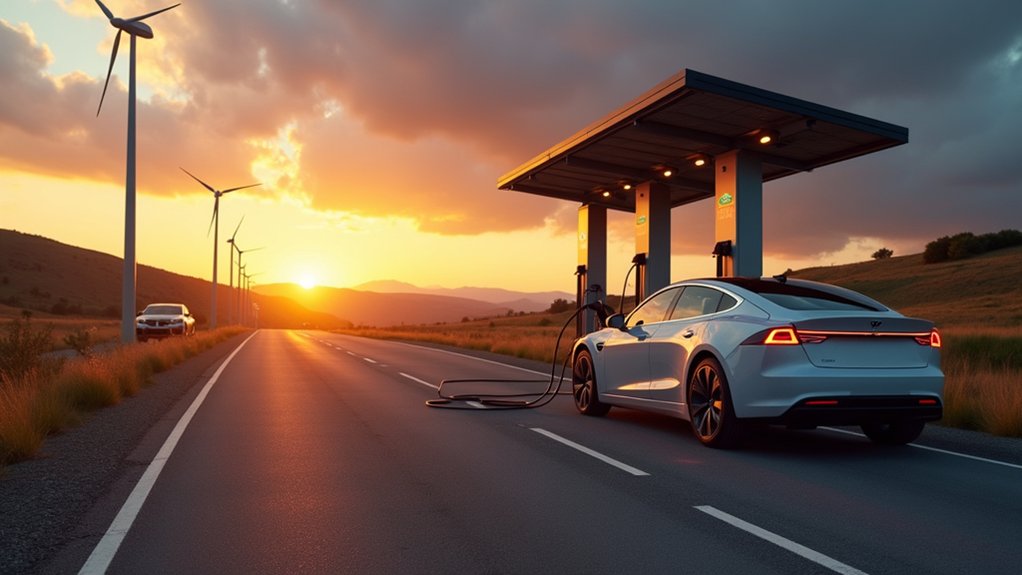While the debate around transportation’s environmental impact intensifies, electric vehicles and conventional gas cars represent fundamentally different approaches to personal mobility. The evidence increasingly suggests that EVs deliver considerably lower emissions over their lifetime, with studies showing a 27–73% reduction compared to gasoline-powered alternatives.
I’ve examined the data closely, and the emissions advantage becomes clearest when analyzing both manufacturing and operational phases.
Manufacturing an EV undeniably produces more greenhouse gases—typically 1.3 to 2 times those of conventional vehicles—primarily due to battery production. This creates what engineers call a “carbon debt” at the beginning of an EV’s life cycle. However, this initial emissions disadvantage disappears remarkably quickly during actual use.
The breakeven point where EVs offset their manufacturing emissions occurs in just 1.4–1.9 years of average driving, or approximately 41,000 kilometers in the US. For sedans, this emissions parity happens in about 1.5 years, while SUVs reach it in 1.6 years and pickups in 1.9 years. After this threshold, the emissions advantage grows rapidly.
While seemingly at a disadvantage from manufacturing, EVs reach emissions parity in under two years of average driving before their advantage accelerates.
EVs’ operational efficiency explains this considerable difference. With zero tailpipe emissions and only 110g CO2 per mile (using average US electricity), electric vehicles produce roughly one-quarter the operational emissions of gas cars, which emit about 410g CO2 per mile. In addition to emissions benefits, EVs significantly reduce noise pollution compared to traditional vehicles, improving quality of life in urban areas.
The 4× efficiency advantage of electric drivetrains, achieving around 100 mpgE compared to 25 mpg for gas vehicles, drives this remarkable performance.
Regional grid composition considerably influences this calculus. Clean electricity grids dramatically enhance EVs’ advantages, while coal-dependent regions reduce but don’t eliminate their superiority. Research shows that EVs powered exclusively by renewable energy can achieve up to 81% lower lifecycle emissions than their internal combustion counterparts.
Modern EV batteries now reliably last beyond 500,000 kilometers, further improving lifetime emissions profiles by spreading manufacturing impacts across more miles. Particularly, lithium iron phosphate batteries are extending potential lifecycle performance beyond one million miles, drastically improving the sustainability equation.
The emissions gap continues widening as grids incorporate more renewables. When combined with increasing battery durability and expected lifespan improvements, EVs clearly represent the lower-emission transportation choice for consumers concerned about climate impact.









